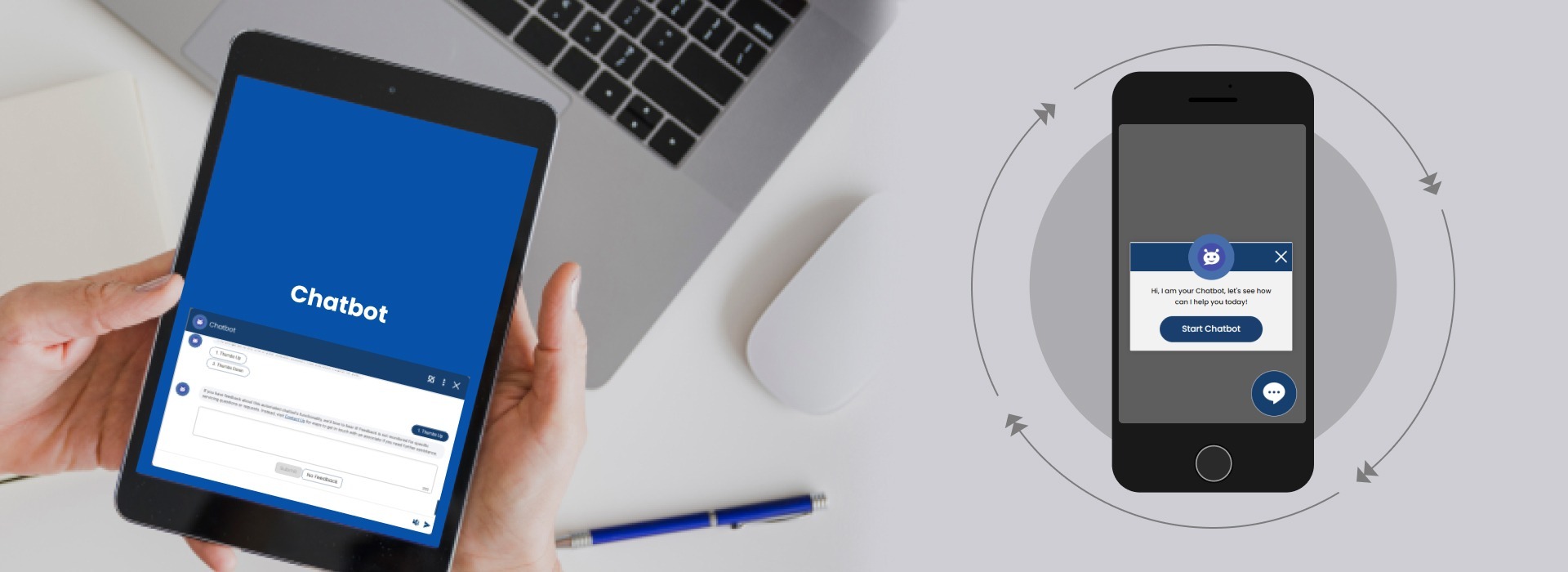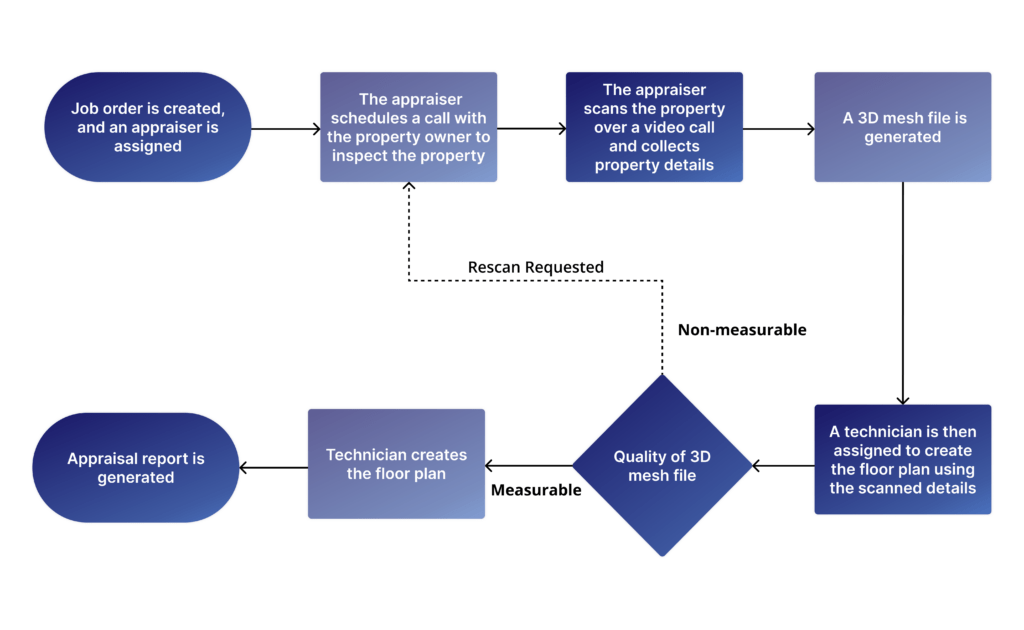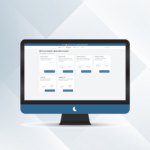Customer Service Chatbot

About Client
Industry
Finance
Location
United States
Project Overview
Our client has always focused on customer service solutions and he identified the need to revolutionize the traditional call center customer service model.
Businesses were struggling to keep up with the increasing demand for customer support while dealing with rising costs and decreasing customer satisfaction. Our client recognized the opportunity to address these challenges by introducing a digital customer service solution that leveraged chatbots and AI technology.
Businesses require a scalable, cost-effective, and efficient customer service solution that can handle growing service demands without compromising quality. Customers sought faster and more personalized support experiences that were available round-the-clock. The existing call center model needed to meet these needs effectively, leading to customer frustration and increased operational costs for businesses.
The traditional call center customer service model presented several challenges, scalability issues, rising operating costs, and decreasing customer satisfaction.
To address these challenges and meet the needs of businesses and customers, we introduced the Chatbot for Customer Experience Management (CEM). We leveraged chatbots and AI technology to provide a scalable, cost-effective, and efficient customer service solution. By automating routine inquiries and providing personalized support experiences, together with our client we aimed to improve customer satisfaction, reduce operational costs, and drive business growth through enhanced customer relationships.
Traditional Customer Service Process
01
02
03
04
05
06
Challenges in Traditional Customer Service Process
01
02
03
04
05
06
07
08
09
10
Our Solution
01
02
03
04
05
Outcome
The chatbot successfully addresses over 70% of user queries monthly.
Human error decreased from 7.5% to 1% and a 75% improvement in client feedback.
The first 700,000 user service completions achieved over $3 million in savings.
The platform led to a 90% reduction in delays.
It handles an average of 3,000 to 5,000 user inquiries daily.
Appraisals completed a year:
Traditional System - 62,500 (Fees 500 USD - Cost 300 USD)
Remote System - 1,00,000 (Fees 350 USD - Cost 100 USD)
Total appraisers 100
Profit Difference: (Remote) $4,74,50,000/Y - (Traditional)$3,46,75,000/Y = $1,27,75,000/Y
90% reduction in delays
Human error reduced from 7.5% to 1%
Significant environmental benefits, including reduced carbon emissions and sustainability promotion
80% efficiency increase
75% improved client feedback
80% improved quality of appraisals (benefiting lenders/mortgage industry and offering better deals)
100% Boost in Happiness of All the Parties
Infinite blessings Received from the Property Owners and Mortgage Companies
Features of Customer Service Chatbot
01
02
03
04
05
06
07
08
09
10
Technologies Used
Bot Framework (Used both for different clients)
- Microsoft Bot Framework
- BotPress
Backend
- Node JS
- Python
Front-End Error Monitoring
- Sentry
Code Review
- JS Lint, GT Metrix, and Detectify
Third-Party Integrations
- Directline API
- Google Dialog Flow
- Speech Service
Database
- MongoDB
- Azure Redis Cache
Back-End Error Monitoring
- Azure App-Insights
Compliance
- Supporting/Following A.D.A.Compliances - A.D.A. is short for the Americans with Disabilities Act Standards for Accessible Design.

Analytics
- Tableau
- Google Analytics
- Universal Analytics
- Google Tag Manager
FrontEnd
- Angular JS
SMS Channel
- Twilio
Front-End Error Monitoring
- App-Services
- EC2
- Front Doors to avoid brute force attacks
Flow Diagram Of The Remote Appraisal Management System

